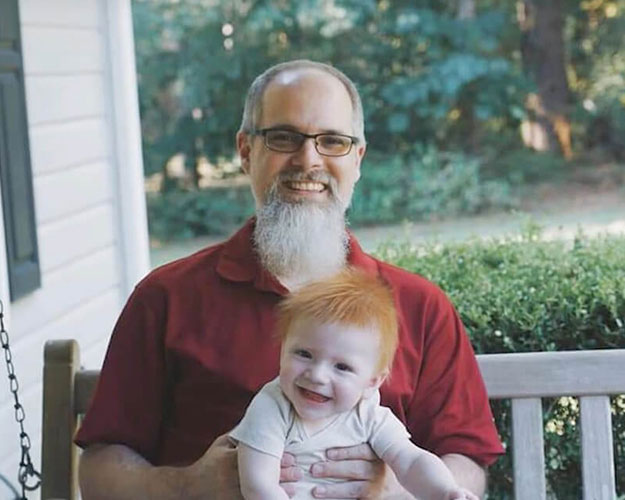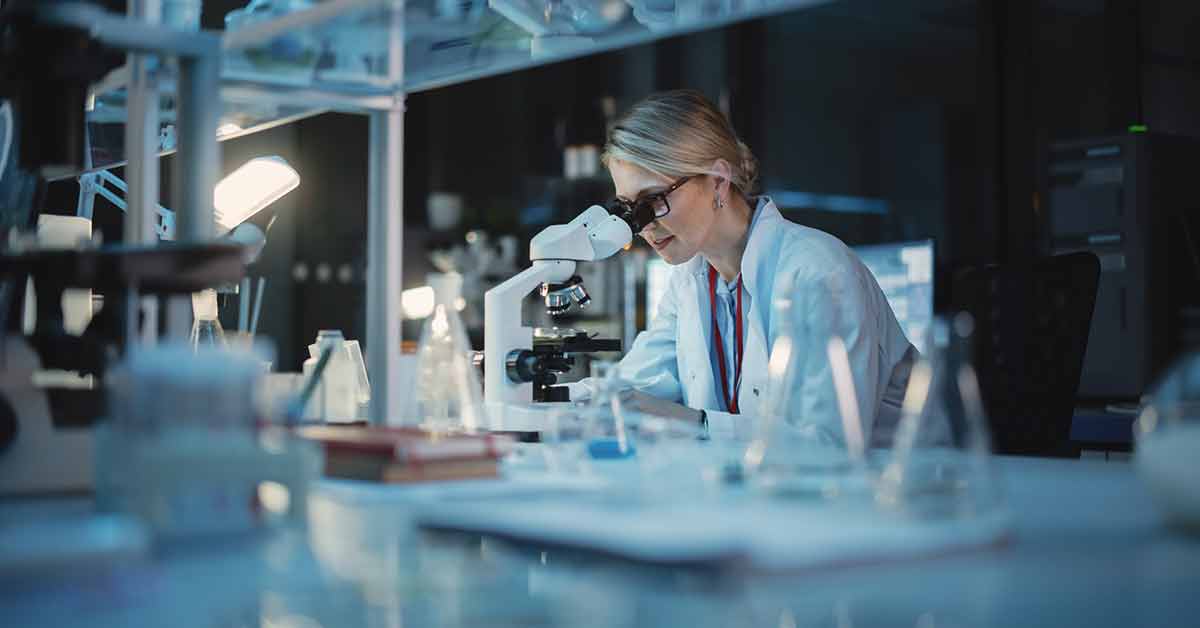Testicular Cancer - Summary, Symptoms & Treatments
Contact Us
What is testicular cancer?
Testicular cancer is a type of cancer that originates in the testicles, which are the male reproductive glands located in the scrotum. It is relatively rare compared to other cancers, but it is the most common cancer in males ages 15 to 35. Testicular cancer is highly treatable, even when it has spread beyond the testicle. There are two main types of testicular cancer:
- Seminoas: These grow and spread slowly.
- Non-seminomas: These tend to grow and spread more quickly. They include several subtypes, such as embryonal carcinoma, yolk sac tumor, choriocarcinoma and teratoma.
What are the signs and symptoms of testicular cancer?
Not all males will have symptoms, even once the cancer has spread. Common symptoms of testicular cancer include:
- A lump or swelling in one or both testicles.
- A feeling of heaviness or aching in the scrotum or lower abdomen.
- Pain or discomfort in a testicle or the scrotum.
- Enlargement or tenderness of the breasts.
- Back pain, especially if the cancer has spread.
How is testicular cancer diagnosed?
Diagnosing testicular cancer begins with a physical examination so that your doctor can evaluate the symptoms you are experiencing. Your doctor may also feel for bumps or abnormalities which can indicate that the cancer has spread. Imaging scans, such as ultrasound, and/or blood tests may be necessary to make a definitive diagnosis. In rare cases, a biopsy may be done to confirm the diagnosis.
Back to Top
What causes testicular cancer?
Testicular cancer occurs when abnormal cells in the testicles begin to grow uncontrollably. While the exact cause is not known, several risk factors have been identified:
- Undescended testicle (known as cryptorchidism): Men who have had an undescended testicle are at a higher risk. The risk is higher if the condition is not corrected by early childhood.
- Family History: A family history of testicular cancer increases the risk. If a father or brother has had the disease, the likelihood is higher.
- Age: It is most common in young and middle-aged men, particularly those between ages 15 and 35.
- Race and Ethnicity: It is more common in white men compared to men of other races and ethnicities.
- HIV Infection: Men with HIV, particularly those with AIDS, are at an increased risk.
- Personal History: Men who have had testicular cancer in one testicle are at increased risk of developing it in the other testicle.
Is testicular cancer genetic?
Testicular cancer can have a genetic component, although it is not strictly inherited in a predictable pattern like some other genetic conditions. Men who have a close relative (especially a father or brother) with testicular cancer are at an increased risk of developing the disease. Studies of twins have shown that if one twin develops testicular cancer, the other twin has a significantly increased risk compared to the general population. Overall, environmental influences, lifestyle and other non-genetic factors also play a role in the development of testicular cancer.
Back to Top
Is testicular cancer curable?
Testicular cancer is highly curable, especially when detected early. The cure rates are very high with appropriate treatment. The five-year survival rate for men with testicular cancer is around 95 percent, and many men are cured with treatment.
Back to Top
How is testicular cancer treated?
Each patient and each cancer is unique. At FCS, physicians develop a personalized treatment plan in partnership with patients. Treatment options depend on a number of factors, including the specific type and stage of cancer, possible side effects, and the patient’s overall health and personal preference. Surgery to remove the affected testicle is the primary treatment. Other treatments can include radiation therapy and/or chemotherapy to shrink or kill tumors. For slow-growing or early-stage testicular cancer, your doctor may recommend watchful waiting, an approach that involves regular follow-ups and Immunotherapies that tap the body’s immune system to find and destroy cancer cells is a potential treatment option for testicular cancer, especially at later stages of disease.
Back to Top
What are common risk factors for testicular cancer?
Testicular cancer can occur at any age, but it is most common in in males between ages 20 and 45. Men who had an undescended testicle before birth, when one or both testicles fail to move from the abdomen into the scrotum, .are at higher risk. White men are more likely to develop testicular cancer than men of other races. A family history of testicular cancer can also increase risk.
Back to Top
Are there screening tests for testicular cancer?
There is no standard or routine screening test for testicular cancer for men who do not have any symptoms or known risk factors. However, self-examination and awareness are crucial for early detection. Men are encouraged to perform regular testicular self-examinations to look and feel for any unusual lumps, swelling or changes in the size of the testicles. It is normal for one testicle to be slightly larger or hang lower than the other. Regular self-examinations and prompt medical attention if any abnormalities are found can lead to early detection and treatment, significantly increasing the chances of a cure.
Back to Top
What does testicular cancer feel like?
Various symptoms and/or sensations may be present with testicular cancer. These can vary from person to person and may include:
- A lump or swelling in one of the testicles. The lump is typically painless, but some people may experience discomfort.
- Some men might feel a dull or sharp pain or discomfort in the testicle or scrotum.
- A feeling of heaviness in the scrotum.
- Changes in the size or shape of the testicles, including enlargement or shrinking of a testicle.
- A dull ache in the lower abdomen, back, or groin area.
- Sudden collection of fluid in the scrotum.
These symptoms can be caused by conditions other than testicular cancer, such as infections or injuries. However, if you or someone you know experiences any of these symptoms, it’s crucial to seek medical evaluation promptly to determine the cause and receive appropriate treatment. Early detection and treatment of testicular cancer can significantly improve outcomes.
Back to Top
How to check for testicular cancer?
It is recommended that men perform a self-examination once a month, ideally after a warm bath or shower when the scrotal skin is relaxed. Follow these steps:
- Stand in front of a mirror: Look for any swelling on the skin of the scrotum.
- Examine each testicle: Use both hands to examine each testicle one at a time. Place your index and middle fingers under the testicle with your thumbs on top. Gently roll the testicle between your thumbs and fingers. Feel for any lumps, changes in size or irregularities. It is normal for one testicle to be slightly larger or hang lower than the other. A lump on the testicle, which may or may not be painful, is the most common sign of testicular cancer. It can be as small as a pea or larger.
Contact your primary healthcare provider if you experience or observe any noticeable changes.
Back to Top







